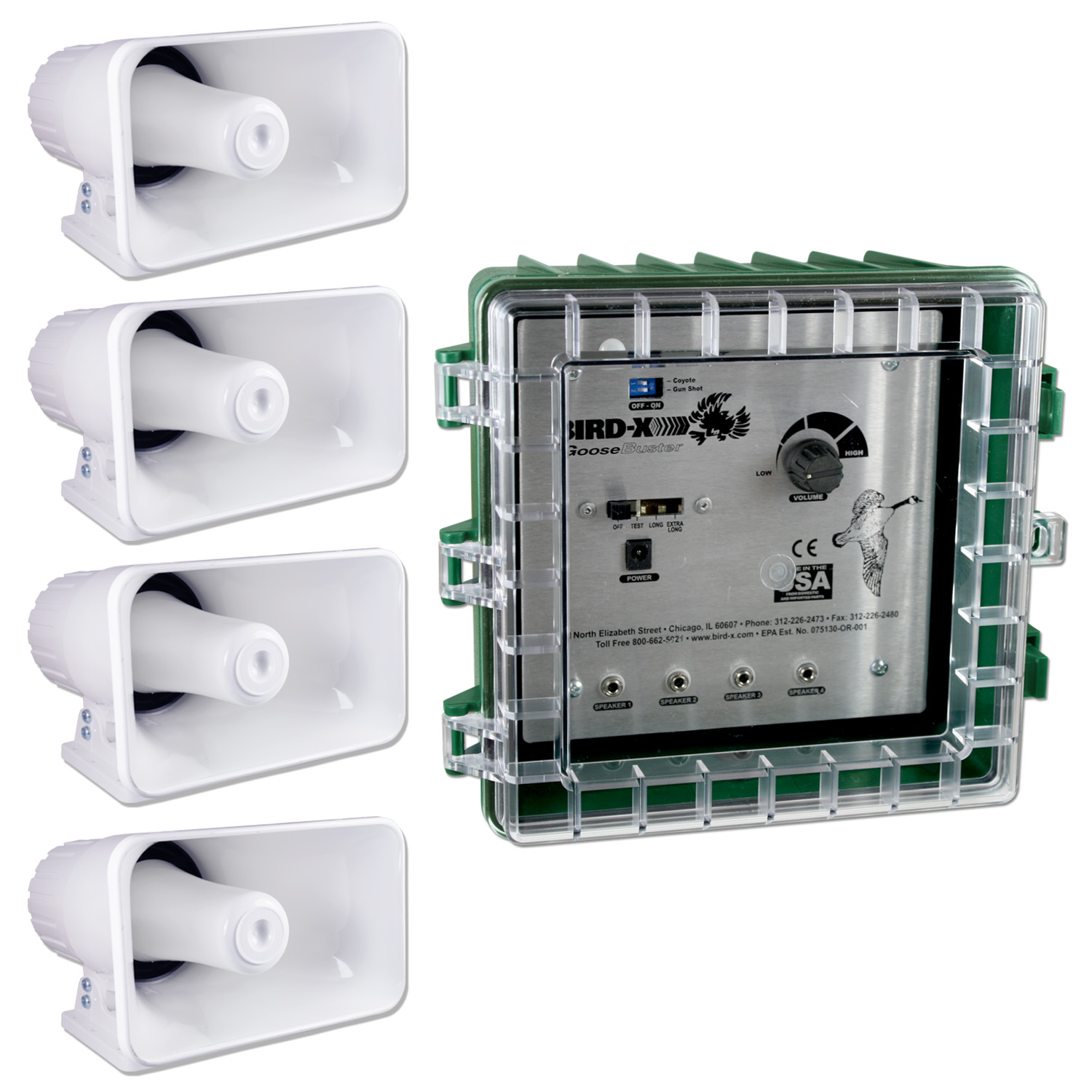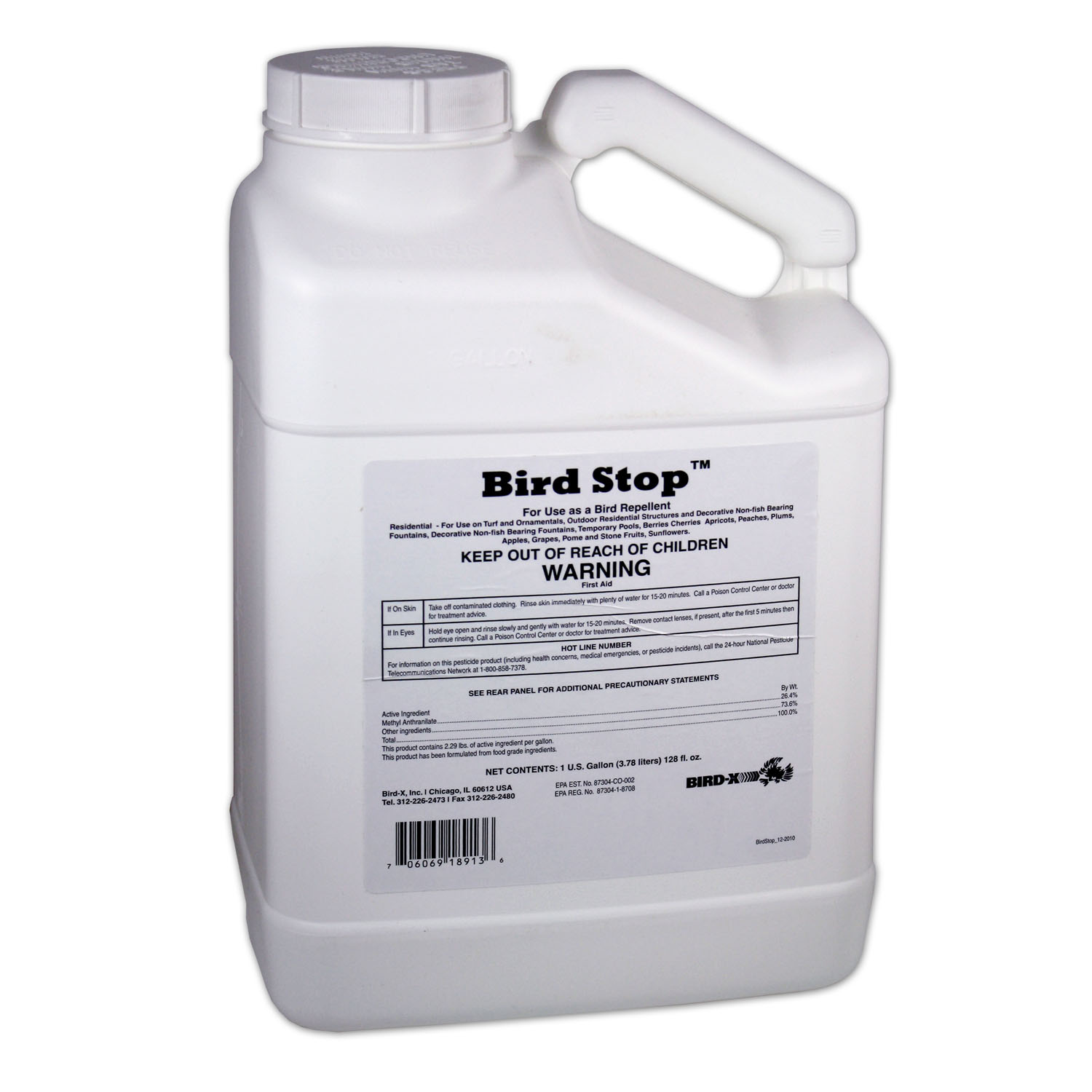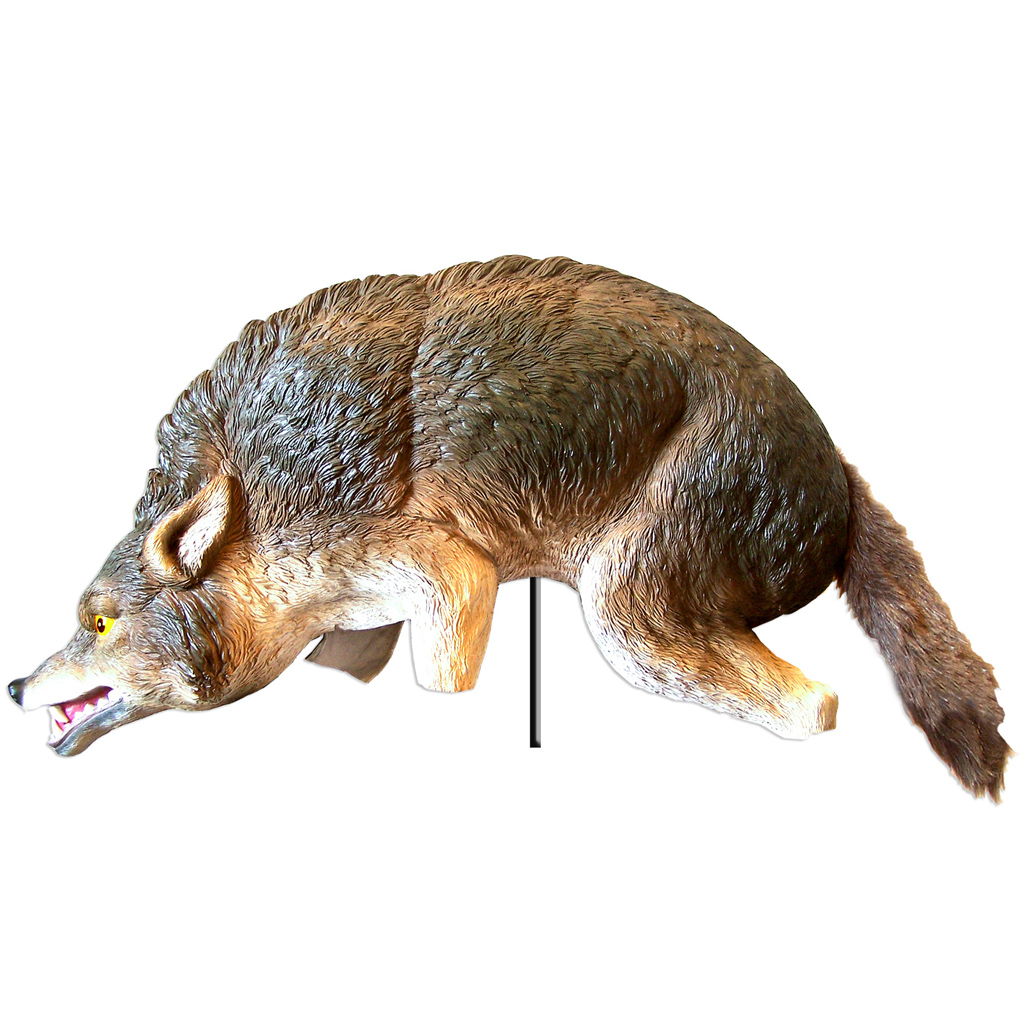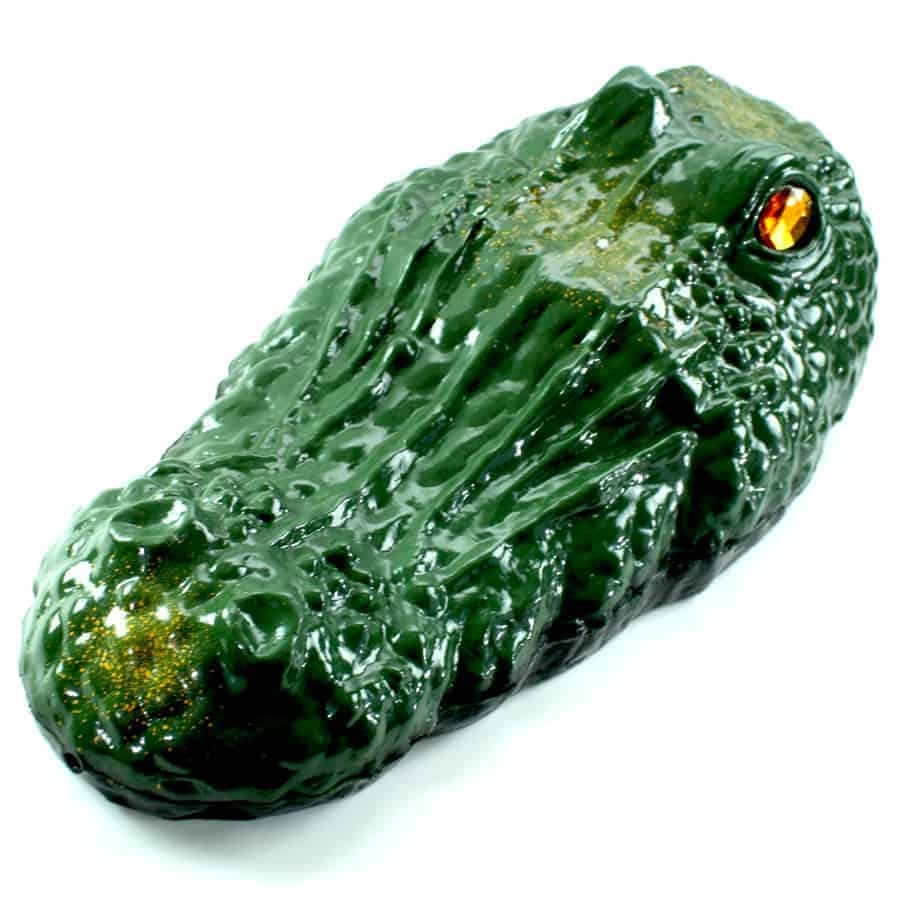The Basics of Goose Prevention
Winter is on its way. Along with colder temperatures, this season also brings an overwhelming number of migrating Canada Geese. As a passerby, these birds can be innocuous or even charming. However, when it is your land that the geese have claimed as their winter vacation getaway, they suddenly stop seeming so harmless. Not only are geese irritating—they can be dangerous as well. Part of the difficulty with solving the issue of goose infestations is that once a cycle of migration nests on your property, the new generation of geese have already been ingrained to return with each season. When a layperson attempts to deal with a goose infestation on his or her own, without any knowledge of goose behavior, it becomes clear where the saying “a wild goose chase” originates.
Just like the saying hints at, chasing a goose is futile. The key is to be proactive rather than reactive. To be clear, the origin of your problem is not the geese. The problem is that your property is attractive to geese. Take away the geese that are on your land right now and another flock will take its place. This is why solutions like the use of a border collie trained in chasing the geese away only last as long as the border collie is on your property.
Likewise, while you might be tempted to do something unsafe and ridiculous like shooting the geese that land on your property this is unnecessary and unhelpful. In addition to the fact that you will possibly be breaking laws and endangering your neighbors by taking this sort of action, you will also find that it has a very minimal, if any, effect on your goose infestation in the long-term. Instead, you will find that you’ve gained a new pest in addition to your goose problem: people protesting outside your property. Temporary solutions will only prolong your frustration. These types of situations trap you in a never-ending cycle and force you to keep shelling out cash. Goose deterrents that focus on the environment that you provide rather than the geese who respond favorably to it will be much more effective for a lasting solution.
One thing to keep in mind is that the sooner you take action for goose prevention, the easier it will be to get a quick result. Ideally, you should prep your land before the geese arrive so that they know to travel elsewhere before laying down roots and starting the nesting process. If a full-fledged infestation is already in progress, start strategizing and execute your strategies as soon as possible. The longer the geese stay on your property, the more comfortable they will get. Once a goose realizes what a nice home he has found on your land, it will be much harder to convince him that there are better homes elsewhere.
If you have already let your goose problem go on for a long time it is not too late to solve it.
Environmental and Health Hazards of Goose Infestation
When geese come to your land they bring their appetite with them. They eat everything in their path. When they come in large numbers, as they often do, they can completely strip the land of plant growth. In one report published by the U.S. Fish and Wildlife Service, the population of Canada Geese at the Blackwater National Wildlife Refuge started at 350 in 1989 and jumped to 5,000 by 2007. This population required approximately one half-pound of food per adult goose each day. The geese at said refuge ravaged the tender roots of aquatic plants, over-browsed the ground vegetation and contributed to a 40% loss at the refuge’s cornfields this past year. This problem was made worse when compounded with the fact that this ravenous eating leads to copious waste.
In the case of Blackwater National Wildlife Refuge, bird fecal waste leached into the water and degraded the water quality. Build-up on the local driveways and parking areas of the visitor center was actually deemed a safety hazard due to the possibility of a slip-and-fall accident. Still, the most disturbing aspect of the waste from geese is that a plethora of avian diseases are passable to humans and fecal matter is rife with the possibility for transmission. While you may not have a population of geese as large as the wildlife refuge, you probably also do not have the resources that it is able to provide the existing geese. It is clear from this example that geese will populate an area until its resources are used up.
Goose Prevention and Solutions to Goose Infestation
The first step to dealing with an infestation of geese is to get as much information on the population as possible. When do they arrive? What direction do they come from? Where are they settling? What are the environmental factors that make your land appealing to the geese? It will be easier to strategize ways to combat the problem if you have a full understanding of what the problem consists of. Start with a clean slate and get rid of all evidence: nests, fledglings, droppings, dead birds, and the residual scent – adult birds will return to protect their young, or to a familiar, “marked” scent. Also remove food spillage, garbage, nesting material and other items that make eating and nest-building easy.
You must consider that, like you, birds are multi-sensory. Just like you can put up with an irritation if an environment is appealing overall, geese will also stick around if you only approach the problem from one direction. Be prepared to take a synergistic approach that challenges all the senses:
Sight
Sight aversions are designed to be visually irritating or even threatening to geese. One example of this is a predator decoy. Lifelike predator decoys, such as a coyote or alligator, are an unsettling sight for geese and will encourage them to avoid the area. In order to maximize the effectiveness, it is recommended to relocate the decoy every 1-2 days to prevent the geese from acclimating. When relocating, always make sure the decoys are highly visible from the treated area.
Another highly effective sight aversion is a laser goose deterrent. Lasers have been studied and found to be 99.7% effective at preventing waterfowl. Agricultural settings commonly rely on lasers to keep domestic birds and poultry safe from wild geese that may carry Avian Flu.
Trigeminal System
Treating grass with a taste and smell aversion, such as Bird Stop, will discourage geese from grazing on your property. Bird Stop uses safe, non-toxic ingredients that triggers a goose’s trigeminal system (similar to our sense of smell). What is the active ingredient? Methylanthranilate—a bitter, smelly derivative of concord grapes. This derivative has been found to be so unappealing to Canada geese that it overwhelms them to the point of being driven away from the treated environment. Despite its dramatic effect on goose infestations, it has been used by the food and drug industry for over 40 years to flavor candy, sodas, gums, and drugs, is listed by the US FDA as “Generally Recognized As Safe” (GRAS), and is classified by the US EPA as “reduced risk”.
Touch
For specific areas that you would like to protect, netting can be used to block an area off from geese. Netting is 100% effective when installed properly and is among the most trusted bird exclusion methods for bird control service providers.
Sound
There are goose-specific sound devices that project the sound of distress calls into an area. While many companies carry sonic bird control devices they are not all created equal. In fact, all but one of these sonic devices uses distress calls that were recorded in a laboratory environment. As a result, the calls obtained by the researchers are not the same calls a flock would use to signify real, immediate danger in the wilderness and are, therefore, less effective. Bird-X manufactures and distributes the first and only sonic goose repeller with varied recordings obtained from the wild has been developed by Dr. Philip Whitford after 23 years of research in Canada goose behavior and vocal communications. This includes the very rare “alarm call” which is elicited for only the direst emergencies.
These devices are especially useful if you have a large property or farm which is otherwise difficult to monitor. One unit covers 5-7 acres of land and adding another unit extends the coverage to 15-21 acres. After a few scares, geese will learn that your area is considered unsafe and find another, safer environment for when they are molting and nesting—times when they are most vulnerable.
By Elana Moriarty
(Previously Published)









Leave a Reply
Want to join the discussion?Feel free to contribute!